The Baja’s Camino Real and Ancestral Paintings offers the unique opportunity to visit the sites recognized by UNESCO as World Heritage in Sierra de San Francisco. Also cover part of the most famous road of the old californias: the Camino Real. The economic and cultural connection between the Jesuit missions.
This trip includes a lots of chances of cultural interaction with ranchers who share traditions, customs and local folklore by taking travelers off the beaten path, into places visited by few outsiders. The trip also focuses on interaction with the wildlife of the región, Desert, cacti forest, oasis, with a combination of a gray whale’s marine sanctuary, everything on the heart of the peninsula These activities are complemented by our naturalist guides who will share the natural and cultural history of the region.
| TOUR HIGHLIGHTS | Missions and Magical Towns | ||||||||
| INCLUDES |
|
||||||||
| NOT INCLUDED |
|
Exploring Baja California Sur on an expedition is an unrivaled experience, and your guarantee of an in-depth encounter with history, local culture and wildlife. Our itinerary is crafted to:
• Loreto, one of the most recently Mexican Magical Towns
• Bahia Concepcion, Sant Rosalia de Mulege Oasis
• San Ignacio Mission
• San Francisco de la Sierra UNESCO World Heritage
• San Ignacio Lagoon, Gray Whales encounter
Additional information
| location | Loreto, Mulege, Santa Rosalia |
|---|---|
| destination | Baja California Sur, México |
| duration | 8 days |
| physicality | 8/10 |
| age | 16+ |
| dates | Year-round |
Arrive to Loreto and Transfer to your Hotel.
The foundation of the city of Loreto is intimately linked with the founding of the Mission of Our Lady of Loreto, was capital of Las Californias from 1697- 1777, when the capital was moved to Monterey, California. Loreto was founded in 1697 by Jesuit Missionary Fathers.
There are seven buildings in Loreto, from the eighteenth to the twentieth centuries, which are considered landmarks by the federal government. The most important is the Mission of Our Lady of Loreto, which is the beginning of “Royal Road“, a historic corridor that ends in Sonoma, California, and follows the old route of the Spanish missions in Alta and Baja California.
On June 6, 2012 the federal government named Loreto, Baja California Sur, Pueblo Magico, because over time and modernity has managed to preserve, value and defend their cultural historical heritage. The “Pueblos Magicos” is a program of the Ministry of Tourism that takes advantage of the uniqueness of the locations to generate tourism products based on the different expressions of local culture, crafts, cuisine and traditional festivities.
Bahia Concepcion, Santa Rosalia de Mulege and San Ignacio
Bahía Concepción is one of the largest bays of Baja California lying on the Gulf of California, and less than 20 miles south of Mulegé, Bahía Concepción features over 50 miles of beaches. Some of the more popular beaches include (from north to south) Playa Los Naranjos, Playa Punta Arena, Playa Santispac, Playa Escondida, Playa Los Cocos, Playa El Coyote, Playa Buenaventure, Playa El Requeson and Playa Armenta. Santa Rosalia de Mulegé is a beautiful oasis town (population, less than 3500) which is located along the tranquil shores of the Sea of Cortez. This small town enjoys a typical mild Baja climate that many travelers find to be exactly what they are seeking.
The valley that shelters Mulegé is covered with date palms, is highly verdant, and the stark contrast with the rest of Baja makes this peaceful seaside village really stand out. The Río Mulegé is one of only two “real” rivers in all of Baja California Sur.
San Ignacio is a palm oasis town, located between Guerrero Negro and Santa Rosalía. The town had a 2010 census population of 667 inhabitants and grew at the site of the Cochimí settlement of Kadakaamán and the Jesuit Mission San Ignacio founded in 1728 by Juan Bautista Luyando.
At San Ignacio, Baja California’s arid Central Desert terrain gives way to a large grove of lush green date palms. A large spring-fed pond and small river on the outskirts of town feeds into the central plaza and village next to the eighteenthcentury Jesuit mission. San Ignacio serves as the gateway to San Ignacio Lagoon, the winter time sanctuary of the Pacific Gray Whale.
Days: 3, 4 & 5: San Francisco de la Sierra, Santa Teresa Canyon
From c. 100 B.C. to A.D. 1300, the Sierra de San Francisco (in the El Vizcaino reserve, in Baja California) was home to a people who have now disappeared but who left one of the most outstanding collections of rock paintings in the world. They are remarkably well-preserved because of the dry climate and the inaccessibility of the site. Showing human figures and many animal species and illustrating the relationship between humans and their environment, the paintings reveal a highly sophisticated culture. Their composition and size, as well as the precision of the outlines and the variety of colours, but especially the
number of sites, make this an impressive testimony to a unique artistic tradition. We’ll drive from San Ignacio to San Francisco de la Sierra, a ranch over 1000 meters above the sea level, where our local ranchero guides will saddle mules for us and load the pack burros before starting our exciting ride or hike down
the Santa Teresa Canyon.
After several hours enjoying the exhilarating scenery and the incredibly changing vegetation and wildlife, we will reach the Arroyo San Pablo. Shortly after, we will find El Cacarizo, our designated camping site where, after a rewarding dinner prepared by our guides, we’ll enjoy our first night in the canyon and rest asleep
under the most amazingly stared ceiling you have ever seen.
Next day, we will start our one day artful journey through 6 archeological sites levels I and II, including the world-famous Cueva Pintada, with more then a hundred meters of up to 5 meters high rock-art motifs more than 7000 years old. Big horn sheep, deer, sea lions, fish, humans and many other figures depicted in the mystic murals of La Soledad, Las Flechas, Los Músicos and Boca de San Julio will give fly to your imagination into thousand conjuctures about the existence of their ancient painters.
In our last day, shortly after breakfast, we’ll start our mule ride or hike back up to Guadalupe and San Francisco de la Sierra.
Transfer to San Ignacio – Evening at Leisure
San Ignacio Lagoon for Gray Whale encounter
Perhaps the most common whale in the Pacific coast of Baja California is the Eschrichtius Robustus, the gray whale. The genus Eschrichtius is the Danish biologist Eschricht the robustus refers to its robust size. This species is restricted to the North Pacific and is unique in that most of the population follows a seasonal migration along the west coast of North America.
Most other whale species have separate populations in different oceans and / or hemispheres , each population has a separate migration with different months and different routes . However, almost all gray whales spend the summer months (June, July and August) in the Bering Sea between Alaska and Russia. Some even venture northward into the Arctic Ocean.
In the autumn the majority of the population migrates southward along the west coast of Canada and the United States , ending in the calm lagoons of Baja California during the winter months (January, February and March). In the spring the population returns to the Bering Sea area.
This round trip covers about 20,000 KM, is the longest migration of any mammal on Earth.
San Javier
Evening at Leisure in Loreto.
A beautiful chapel built on a mountain spring in 1699 by Father Piccolo. The site was originally inhabited by the Cochimíes, who named the place Viggé Biaundó. The church, considered one of the most beautiful and well preserved of the Californias, was built with stone taken from quarry from the bed of the brook of
Santo Domingo 20 km southeast of San Javier.
Its original barroque appearance has been well preserved; its interior has: a golden altarpiece with five oleos, brought from Mexico City in thirty two boxes; two statues: one of San Francisco Javier and another one of Our Lady of Guadalupe; and a crucifix, all of these are from the 18th century.
It has three bells, two of them are dated 1761 and the other one 1803. There is a monument of that time at the end of the street that leads to the church. It is known as “the Cross of Calvary”. From there hundreds of pilgrims who visit the patron saint walk sometimes on their knees.
Departure from Loreto
Baja California Sur captivates with its many natural beauties , is a perfect contrast combination between desert and sea; We invite you to Explore this wonderful land and learning as adaptation processes have been central to the natural and human settlement; adaptation that retain this place as unique on our world…..


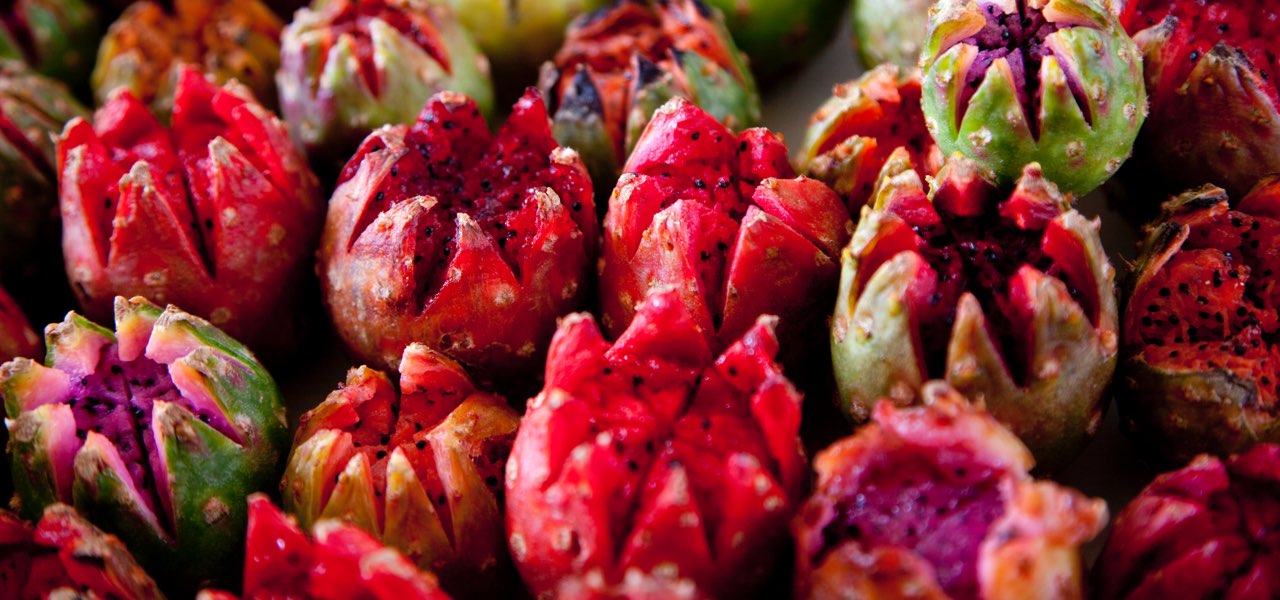
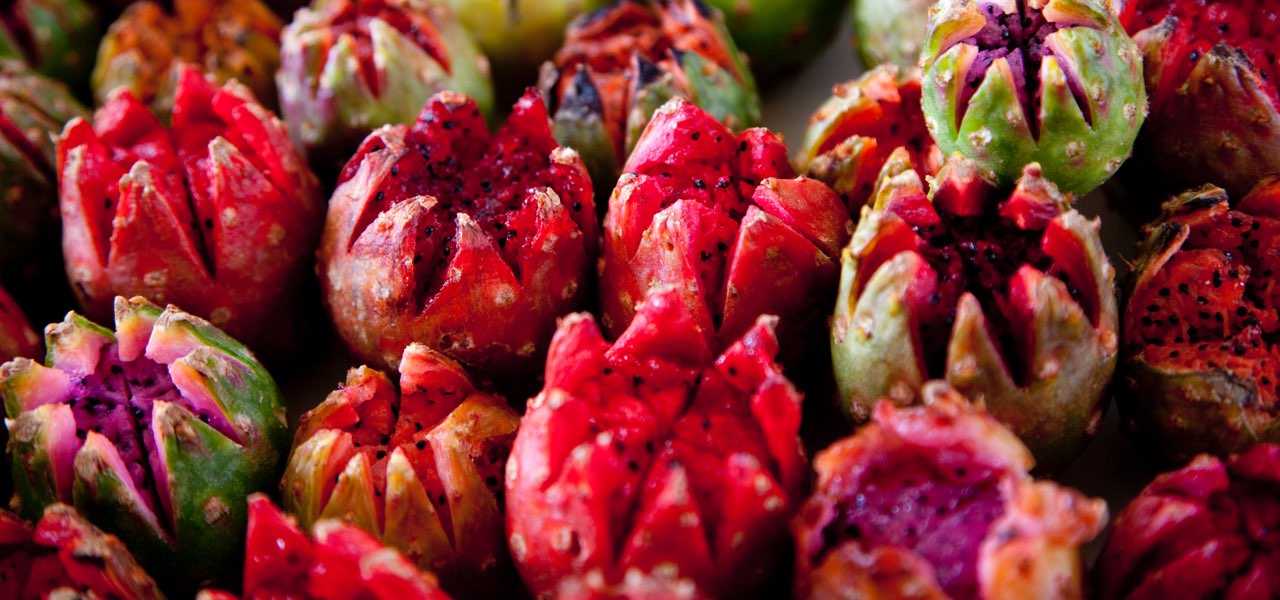
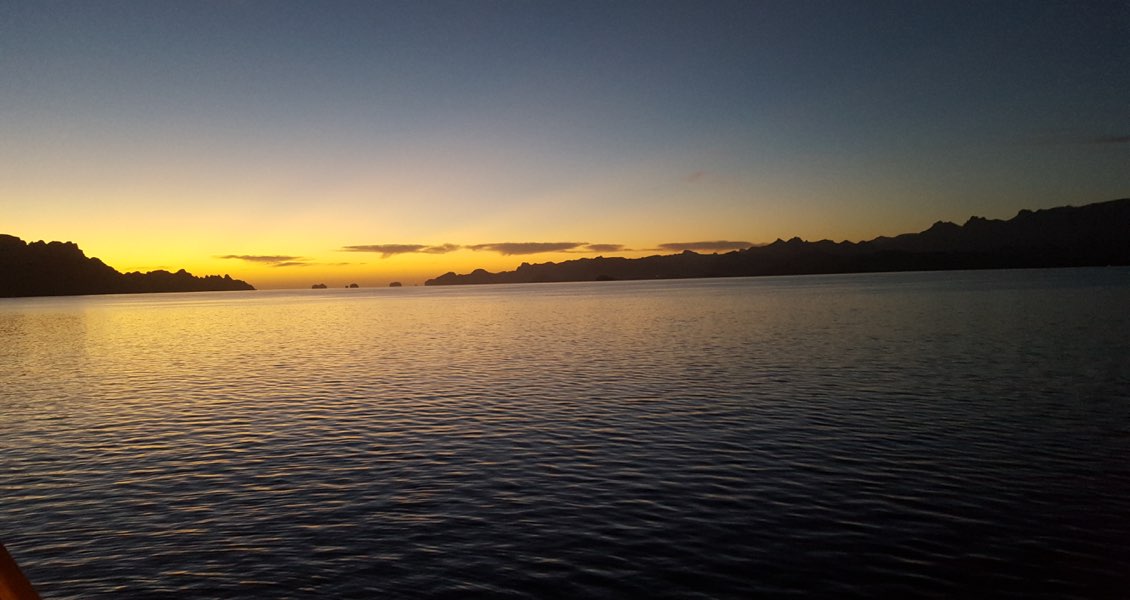
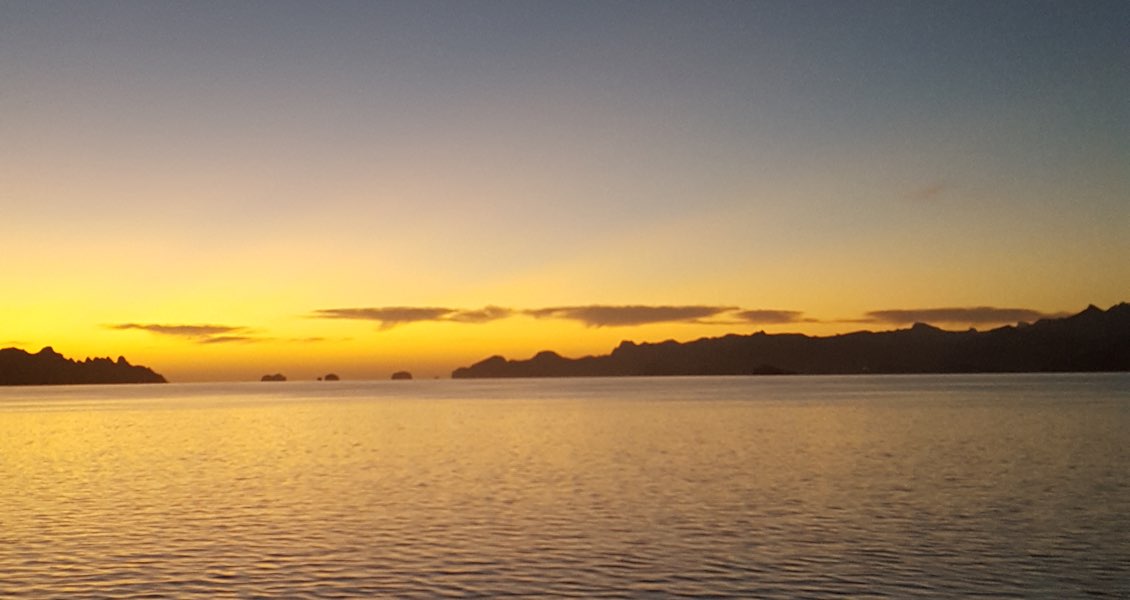
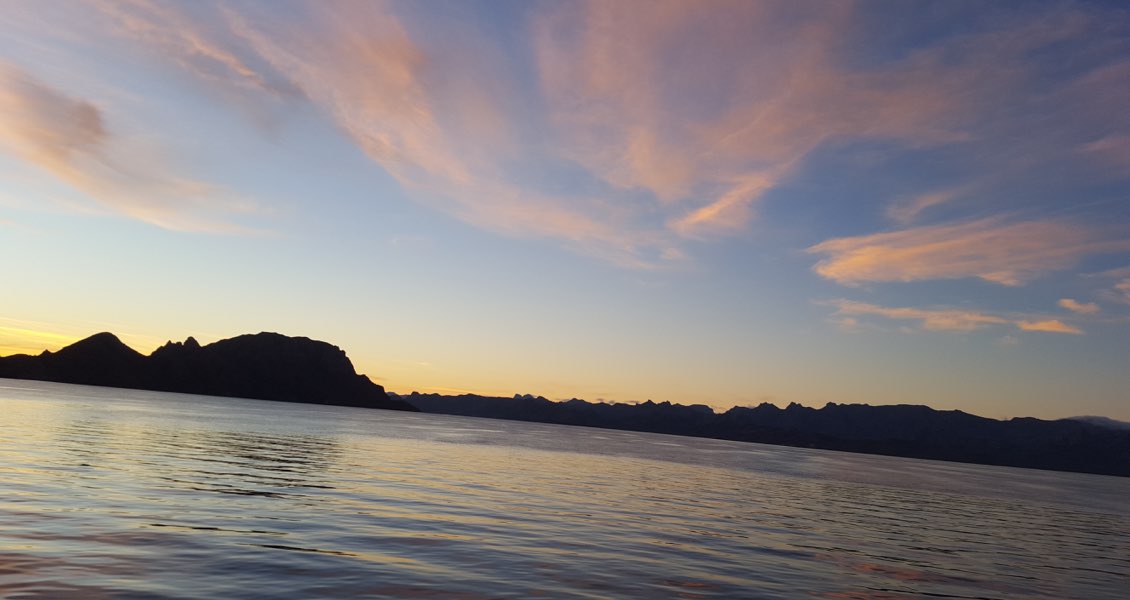
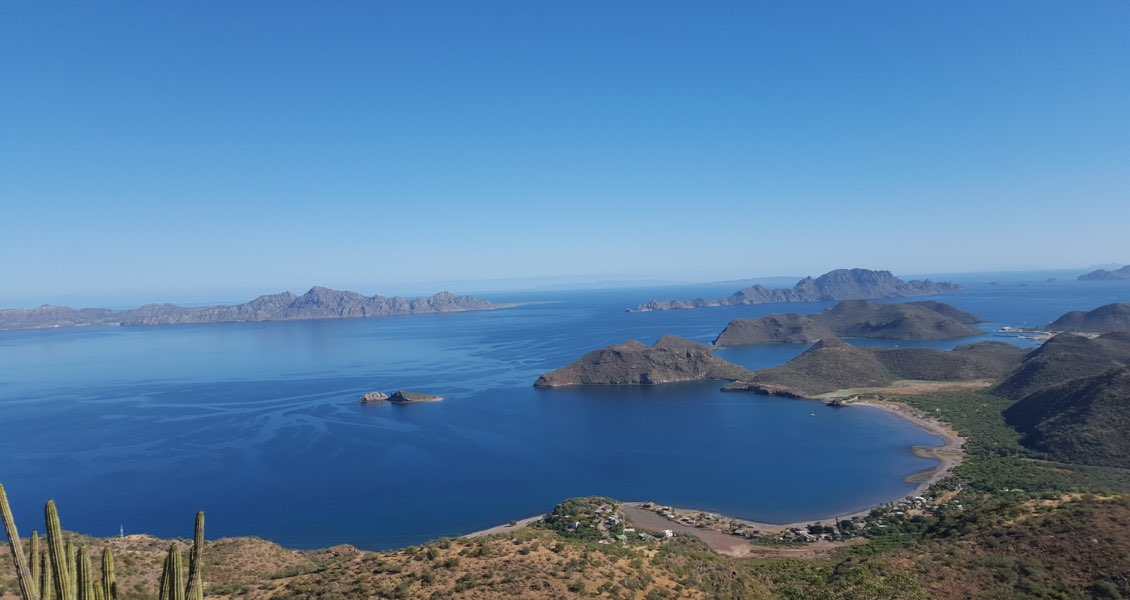

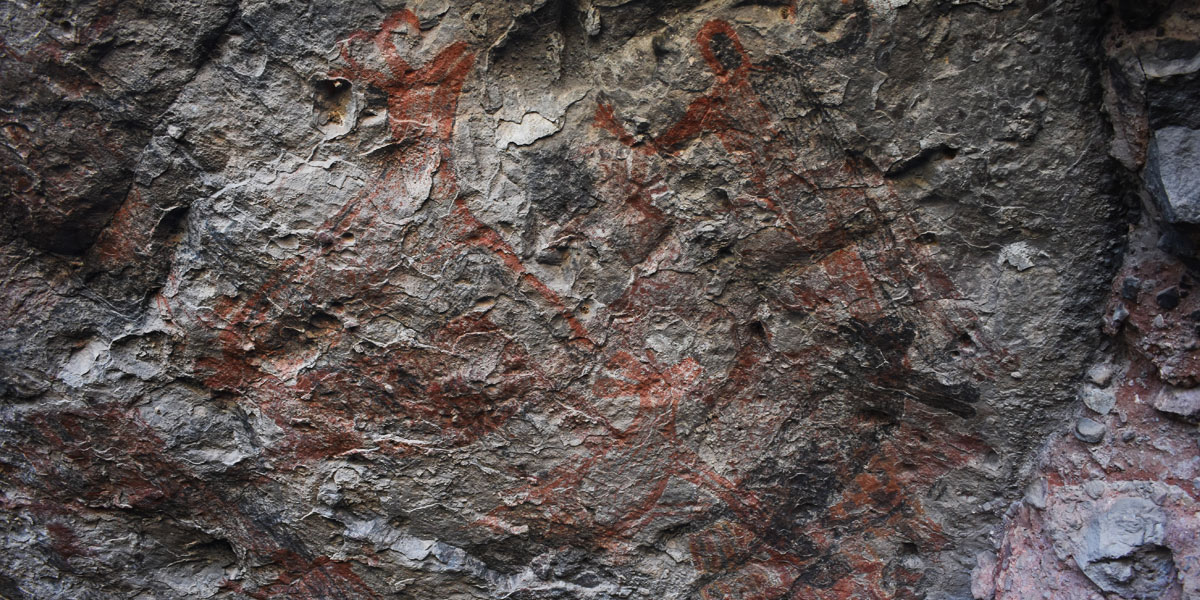
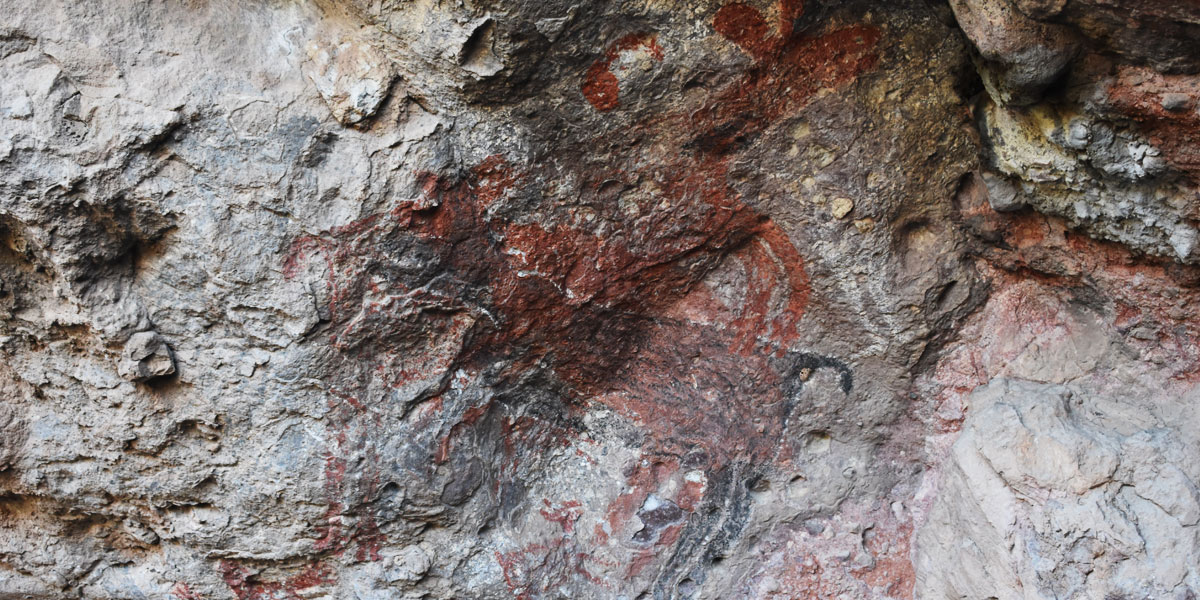
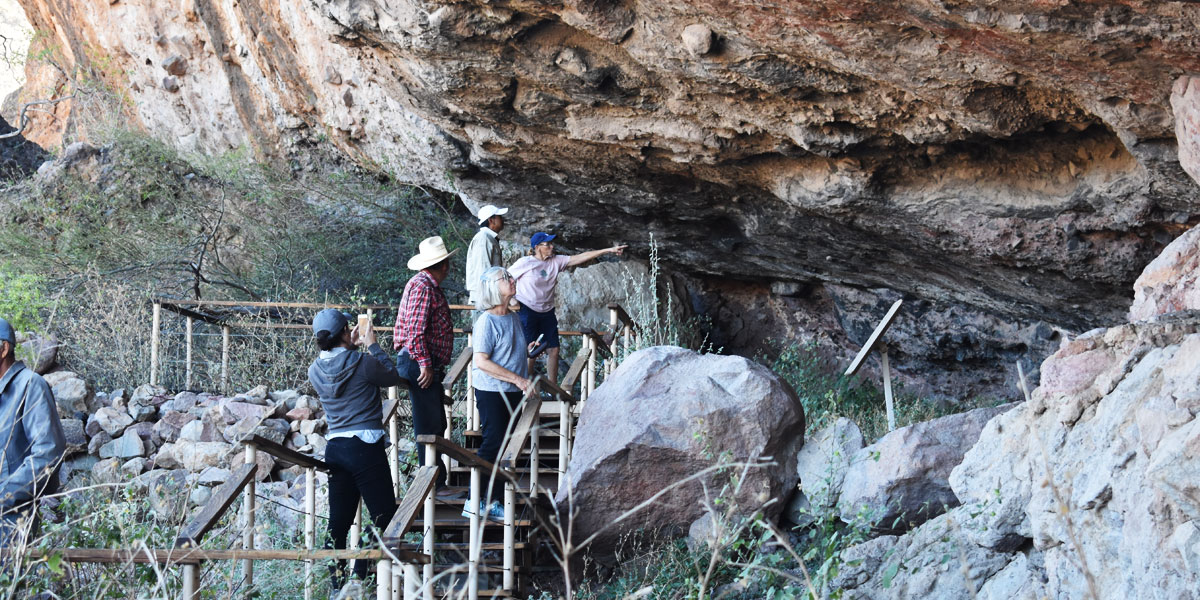
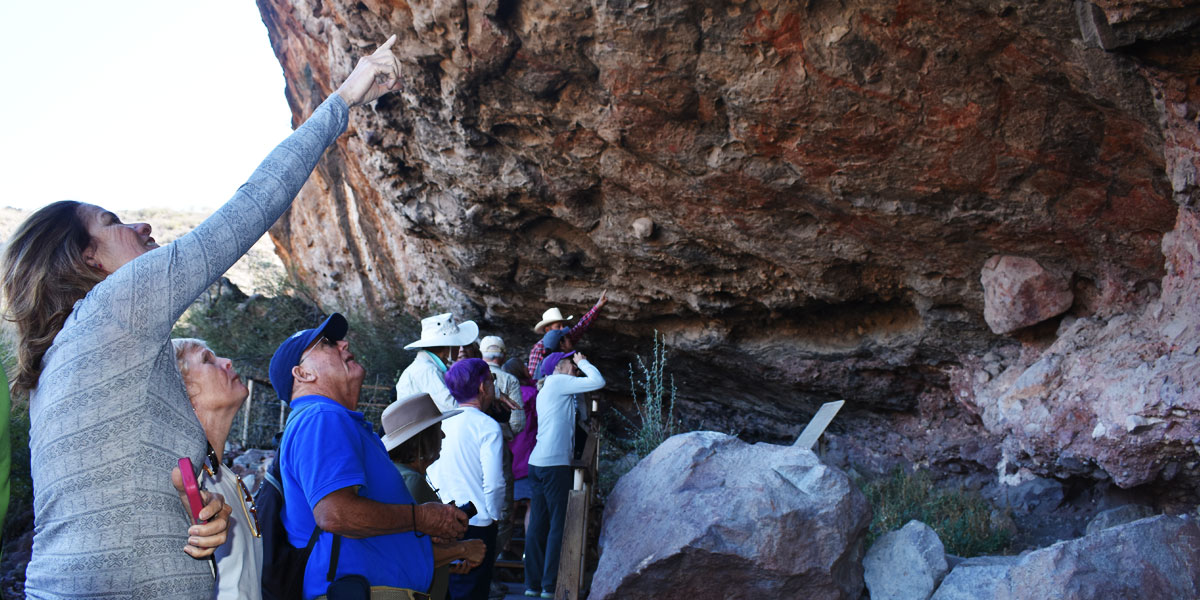
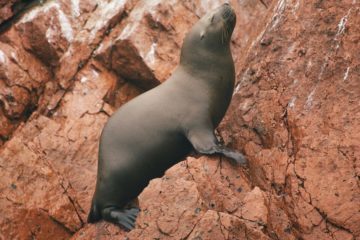
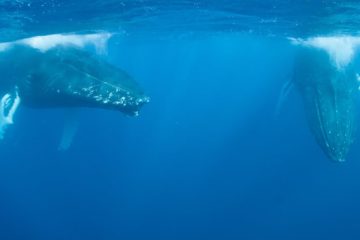
Tour Reviews
There are no reviews yet.
Leave a Review